China, Ming dynasty, Tianqi period (1621-1627).
The dish with a center decoration of two boys at play in a fenced garden setting, one holding a lotus flower, repeating “T” pattern along the edge.
Symbolism:
Several boys playing together = Boys at play (yingxi tu 嬰戲圖). A popular theme in Chinese decorative arts, especially during the Ming and Qing dynasties, “boys at play” typifies the Chinese desire for many sons, particularly noble sons who will pass the civil service examination with high honors.
A boy at play, holding a lotus flower, is implying a wish for harmony among sons and grandsons (zisun hehe 子孫和合).
Ref:
Hidden Meanings in Chinese Art by Bartholomew, Terese Tse, p. 63, no. 3.4.1.
Lit:
For a similar kind of dish, see: Ko-Sometsuke, Monochrome Section by Kawahara, Masahiko, p. 150, no. 592.
For a similar kind of dish, but with three boys playing, see: Ko-Sometsuke, Color Section by Kawahara, Masahiko, p. 159, no. 130.
Dimensions:
Diameter 15,4 cm, height 2.7 cm.
Condition (DM for condition pictures):
Typical Mushikui rim frit. Furthemore in good condition.
Worldwide registered and insured shipping.
Take a look at our other listings for more Asian art, antiques, design, etc.
Inv. No: MW90




























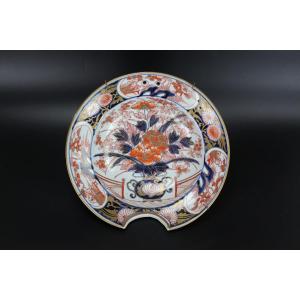


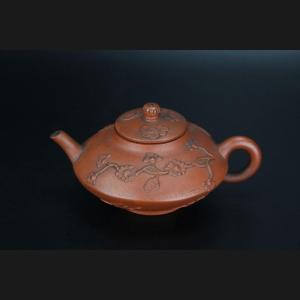


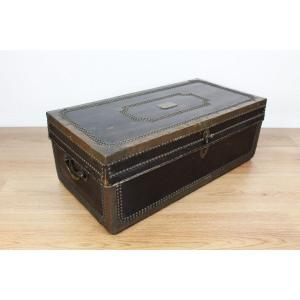


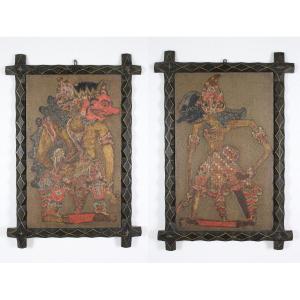



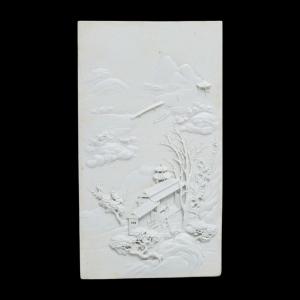

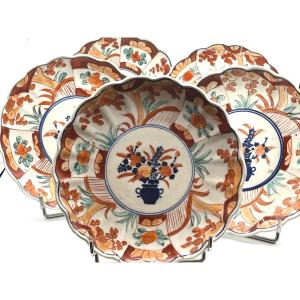
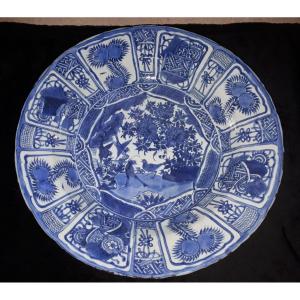





 Le Magazine de PROANTIC
Le Magazine de PROANTIC TRÉSORS Magazine
TRÉSORS Magazine Rivista Artiquariato
Rivista Artiquariato